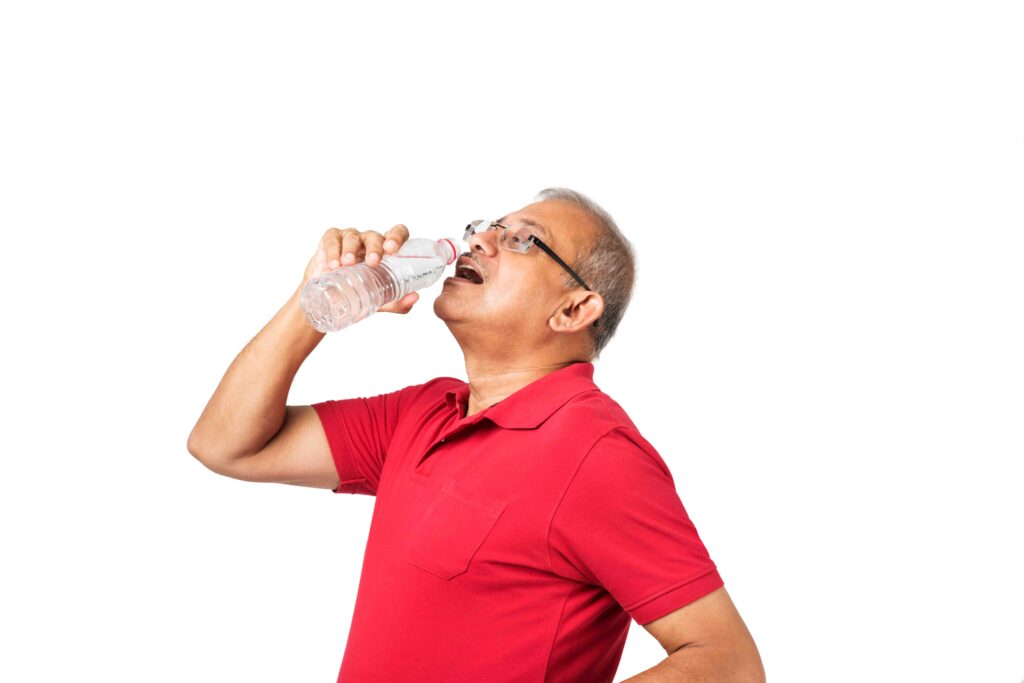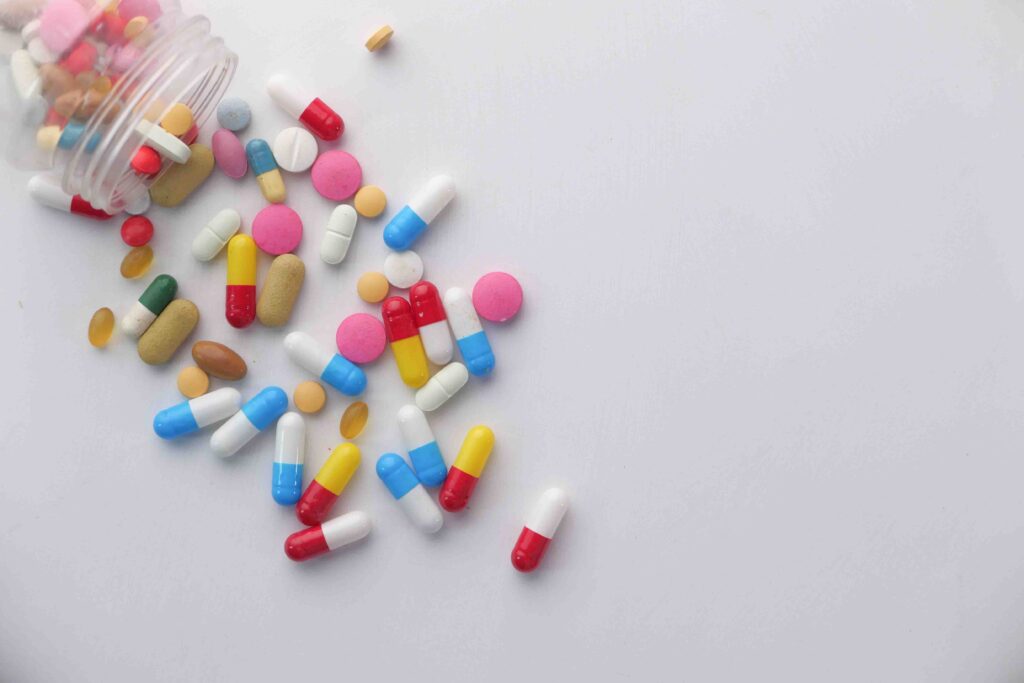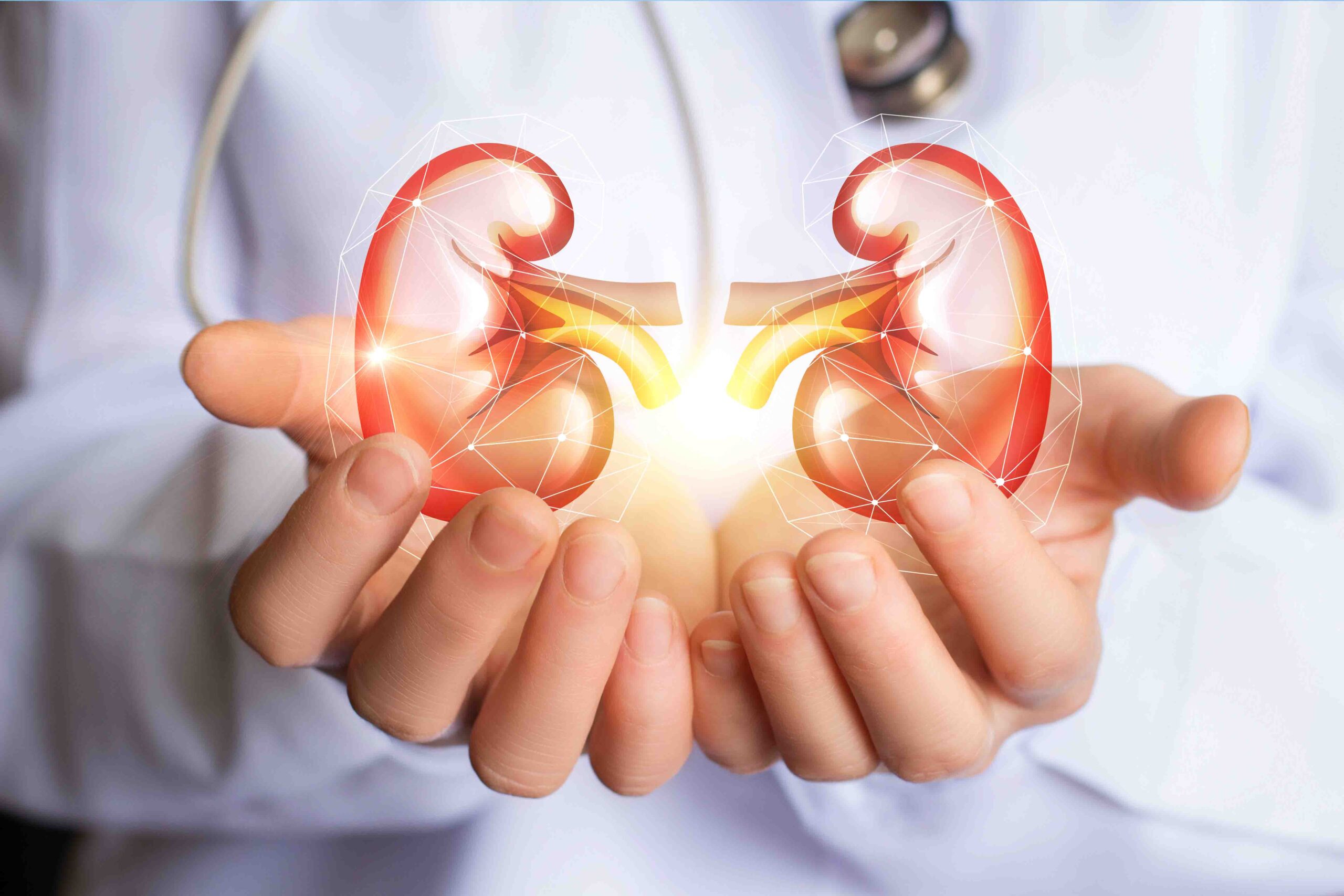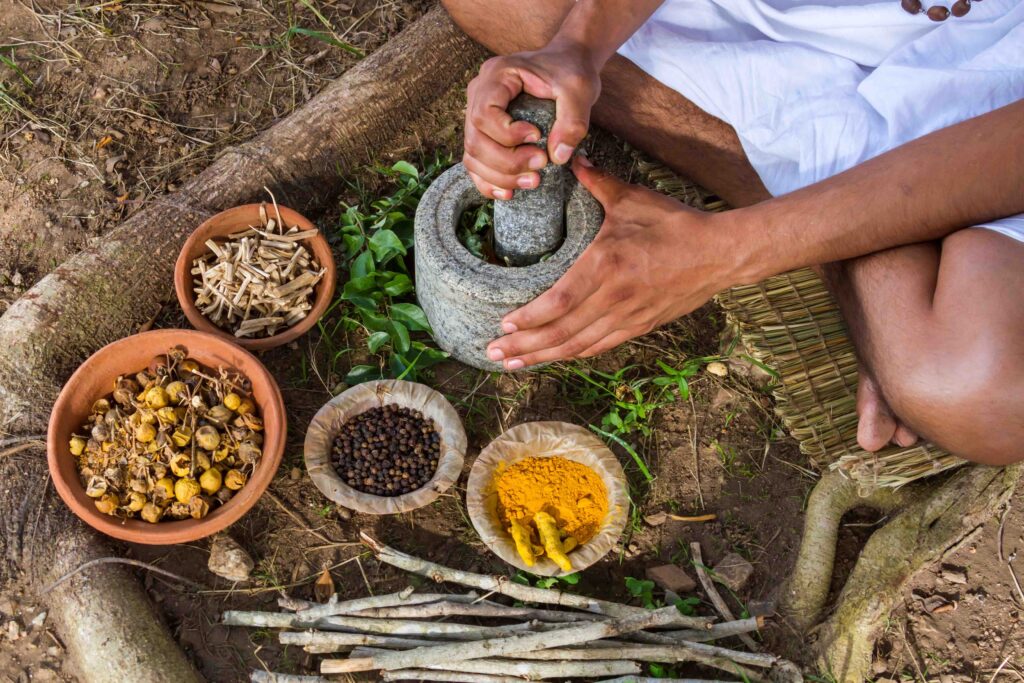Often overlooked until something goes wrong with them, the kidneys are vital organs which need preventive care, writes Dr Percy Jal Chibber
The kidneys are paired bean-shaped organs situated on the back wall of the upper abdominal cavity. Urine filtered by the kidney is conveyed by tubes called the ureters that run from the kidneys down to the bladder, where it is stored before being passed.
The kidneys are literally vital organs, in that, life is unsustainable in their absence. The main function of the kidneys is that of a filtration plant. It receives blood from the body with each heartbeat and filters out unwanted stuff like excess of hydrogen, potassium, uric acid, water and other breakdown products of metabolism or what we imbibe, in the form of food or drugs and medications. It does this while retaining the desired levels of important ingredients like proteins, glucose, bicarbonate and other electrolytes and water. In so doing it maintains a steady balance of important body ingredients, despite external factors (homeostasis).
Each kidney contains a million tiny filtration units called nephrons, and this is nature’s way of furnishing us with surplus capacity. We do not become unwell or show signs of kidney failure until we are down to the last 10-15% of our nephrons. An estimate of the kidney’s filtration capacity is the Glomerular Filtration Rate (GFR) which can be accurately measured, if required, or more commonly is roughly estimated by the serum creatinine level, and testing for urine composition and microscopy.
In addition to being a vital filtration plant, the kidney also performs the role of an important endocrine gland producing hormones that are directly released into our blood. These hormones are Renin to control our blood pressure, Vit D and Calcitonin activating enzymes that control calcium metabolism and Erythropoietin that maintains our haemoglobin levels.
Keeping the kidneys healthy
Our kidneys are pretty good at looking after themselves, and we do not need to take special measures to look after them. In fact the job of the kidneys (along with the liver) is to look after our health when we are not doing just that; they take care of too much or too little water consumption, manage the excretion of toxins and other socially acceptable poisons that we are prone to ingest, and effectively control the elimination of drugs which may be prescribed or recreational.
Nevertheless, there are some conditions that put the kidneys at risk of damage and we need to be aware of these. Diabetes mellitus and hypertension over a period of years can put the kidneys at risk of damage, and although this can be reduced by proper control with medications, the risk is not entirely eliminated. Chronic use of certain prescribed medications such as painkillers (paracetamol and tramadol are reasonably safe) or antibiotics may affect kidney function and you need to make your doctor aware of this if you have a kidney ailment. How much water is good for the kidney, is a question I am often asked. The obvious answer is, let thirst be your guide. However, if you have formed kidney stones in the past it may be advisable to maintain a good daily urine output (2 litres) by consuming the requisite amount of water.
Kidney Stones
The kidneys filter out solutes like calcium oxalate, calcium phosphate, uric acid and urates and other such solutes. If the volume of urine is high, then the urine solution is dilute and this deters crystals from forming in the urine. If crystals do form, they are prevented from aggregating to form a stone by protective substances usually secreted in the urine. When this mechanism fails, either from being swamped by dietary or fluid indiscretions, or from inherent lack of normal inhibitory factors in the urine, a kidney stone will form. Small stones floating about in the kidneys rarely cause any discomfort. It is usually when they become larger or start traversing the ureter on their way to the urinary bladder, that the typical kidney pain results. Kidney or ureteric colic is often severe spasmodic pain on one side of the abdomen or back that radiates down to the groin. In between spasms, the patient may be relatively comfortable. It may be accompanied by nausea or vomiting, fever with chills and difficulty in voiding. The urologist will confirm the diagnosis and detect the number, size and situation of the stone/s by doing a Non Contrast Scout CT Scan of the abdomen, and will run some blood and urine tests to check for infection and ascertain kidney function.

If the stone is smaller than 6 mm, then the patient is urged to try and expel the stone spontaneously by taking painkillers, copious water intake and medicines that assist in relaxing the ureter and assisting normal passage. If this fails, or if the stone is larger, or if pain and infection persist, then the stone will need removal. This is usually done endoscopically (URS) using a fine ureteroscope (the size of an average ball-point refill), which may be semi-rigid or flexible passed up the natural urinary passage to visualise the stone and fragment it using energy (usually a laser). A fine plastic tube called a Double J Stent may be left in the patient from kidney to bladder for a week or longer. The patient usually goes home within 1-2 days and can resume normal work and activities immediately.
If the stone is in the kidney and is unlikely to pass on its own, it will need removal. For stones in the kidney up to 20 mm in size, the same procedure mentioned above using a flexible ureteroscope (Retrograde IntraRenal Surgery – RIRS) is preferred by most urologists. Alternatively, a small tract from the skin of the flank to the interior of the kidney is made and an endoscope (nephroscope) introduced to fragment and remove fragments (PCNL -Percutaneous Nephrolithotomy). Either way the pain is minimal and patients are usually discharged home within 2-3 days. For larger stones within the kidney including staghorn or ramified stones that form a cast of part or all of the kidney, the procedure of choice is PCNL. Majority of urinary stones (>95%) will be amenable to one of these three techniques (URS, RIRS or PCNL). The occasional stone may require open surgical removal. Shock Wave Lithotripsy (ESWL) is often used by some urologists for kidney stone less than 15 mm in size.
Kidney Infections
Infections may reach the kidney (Pyelonephritis) either by travelling up from the lower urinary tract (bladder or ureter) or directly via the blood. The patient usually has high fever with chills and may have moderate to severe pain in the affected kidney. The urologist will usually order blood and urine tests to determine the specific microbe causing the infection and to check the level of infection in the blood and assess kidney function. In addition he will order an imaging study to determine the underlying cause. Treatment will involve appropriate antibiotics administered intravenously or orally, and treatment addressing the underlying cause. Kidney infections are not to be trifled with especially in the elderly or diabetic, because of the concern for septicaemia which could be life-threatening.
Kidney Tumours
It is not uncommon to have spherical collections of clear fluid in the kidneys especially in older individuals. These are called kidney cysts and as long as they have a thin wall and clear fluid within, are referred to as simple cysts which warrant no concern. If cysts have a thick vascular wall or have partitions within or solid contents, these are called complex cysts and certainly warrant careful scrutiny and removal if required. All solid tumours (swellings) within the kidney have a high probability of being a cancer, and need careful scrutiny and removal as soon as possible.
Until as late as a decade ago it was common urological practice to remove the entire kidney in the case of a solid tumour within it. Removal of the tumour only, while sparing the involved kidney, was reserved only for special cases such as single kidneys or small tumours well amenable to resection with a wide margin. With the advent of minimally invasive surgical techniques such as Laparoscopy and Robot Assisted Laparoscopy, and the realisation through evidence that kidney cancers can be safely removed with a small surgical margin without violating principles of cancer surgery, the standard of care today is to remove ONLY the tumour while leaving the involved kidney intact whenever that is technically feasible. This is known as Partial Nephrectomy and is best done utilising Robot Assisted Laparoscopy. It is important to realise that the technical feasibility of removing difficult tumours (in terms of size and situation) increases with experience and expertise of the urologist, and there is no gainsaying that these procedures should be done in tertiary centres with significant experience. Removal of the entire kidney (Radical Nephrectomy) when indicated owing to the size and location of the tumour is relatively simpler and should be done laparoscopically in most cases. Even today, large tumours which have invaded surrounding tissues may still require open surgery for optimal removal.
It is important to realise that most kidney cancers do not respond to standard chemotherapy or radiation regimes, surgery being the best option in the initial phase. Recent research has thrown up targeted therapies and immunotherapy that have given a ray of hope in advanced or recurrent cases.

Developmental and Congenital Conditions
There are numerous developmental anomalies of the kidney that the patient is born with (congenital). Some of these are genetically transmitted within families while others are sporadic occurrences. Some of these conditions will manifest themselves with problems in early childhood or adolescence, while yet others may not manifest until middle age or later. Yet other anomalies of the kidney may remain undetected through life or come to notice incidentally during investigations for other complaints.
Vesico-Ureteric Reflux & Pelviureteric Obstruction
These are two common developmental conditions that may cause affect the kidneys in childhood or early adulthood.
Normally the entry of the ureter into the bladder is guarded by a one-way valve that permits urine to enter the bladder but does not allow urine in the bladder to flow back towards the kidney. When this mechanism is defective it result in VesicoUreteric Reflux (VUR). The child gets frequent urinary infections, with the potential of kidney damage with each such episode. The usual treatment in milder cases is to administer long-term antibiotics, until such time as the reflux settles with growth of the child. If reflux is of a severe degree or if antibiotic regimes do not control the infection, surgery for reimplantation of the ureters into the bladder needs to be resorted to. This can be done either by open surgery or in a minimally invasive manner with Laparoscopy or Robotic Assisted Laparoscopy.
Another cause of repeated bouts of urinary infection and pain in the kidney would be developmental obstruction of the junction of the ureter and the kidney (PUJO). Left untreated this will result in gradual but irreversible kidney damage. Surgery for repair of the defect is usually undertaken laparoscopically or robotically, with good results.
Adult Polycystic Kidneys
This is a genetically inherited disease that runs in families. The affected individual usually has no complaints until late adulthood when he or she may develop urinary infections, bleeding or renal failure. Symptomatic and supportive treatment is usually necessary until or unless kidney failure develops, when kidney dialysis or a renal transplantation will be required.
Renal Failure
When the kidneys have been damaged irreversibly to such an extent that life cannot be sustained, the patient is said to be in end-stage renal disease. The causes of this could be many and manifold. Diabetes and high blood pressure are probably the most common causes. The other causes may be repeated infections with or without obstruction (caused by stones or any other pathology). Poisons and toxins, such as analgesic abuse or ingestion of heavy metals (a word of warning; numerous Ayurvedic preparations contain heavy metals) may also be responsible. Inflammatory conditions of the kidney, or glomerulonephritis may have varied causes and many of them may lead to kidney failure.
The treatment options for a patient in this situation are dialysis or renal transplantation.
Dialysis may be done by passing the patient’s blood through a machine where the blood is cleared of impurities and excess water by passing it through a filter. This is the more common form of dialysis and is referred to as haemodialysis or blood dialysis. This involves the patient attending a nearby hospital (or a machine installed in the patient’s home) 2 to 3 times a week. The other form of dialysis is Peritoneal Dialysis, or tummy dialysis, which involves a instilling a solution in the abdominal cavity through a silicone catheter (permanently installed for the purpose), keeping in there for a length of time to allow filtration through the lining of the abdomen. The fluid is them let out with the impurities thus filtered. The advantage is that it can be done in the convenience of the patient’s home and does not tie him down to a machine.

In Renal transplantation a kidney is taken from a healthy volunteer and implanted into the patient. The immediate results of this surgery are good in a majority of cases. The long term chances of having a functional transplanted kidney after 15 years is about 50%. Living donors, by a national law may only be blood relatives, or spouse. In exceptional cases permission may be granted for a more distant relative. Receiving or offering a kidney for financial considerations is a criminal offence punishable under law. Kidney for transplantation may also retrieved from a deceased donor (who is irreversibly brain dead) while the heart is still beating, according to well-laid-out strict criteria.
The kidneys are vital organs that we often take for granted. They will stand us in good stead, provided we take adequate preventive care and do not abuse them.









